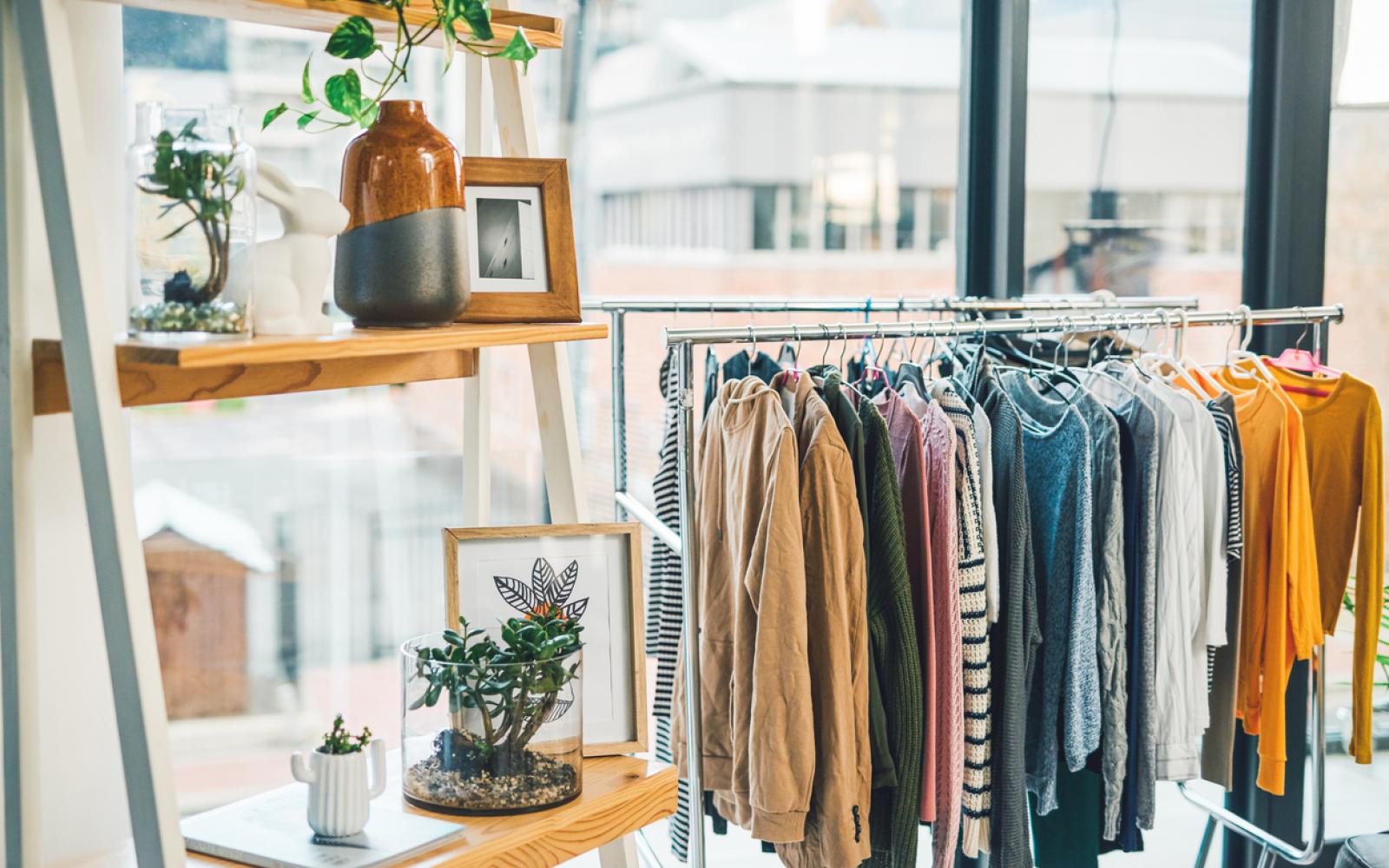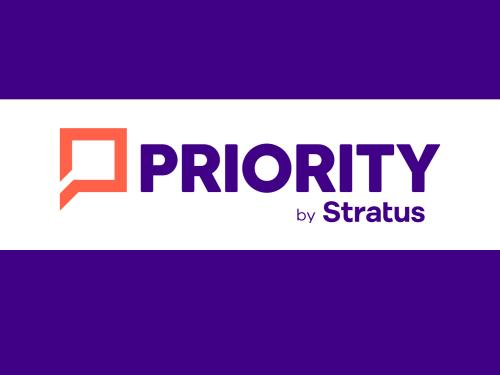The Psychology of Shopping in Stores
COVID-19 accelerated an already rapid transition to online shopping and simultaneously reignited a favorite pastime of strolling through physical stores.

As COVID-19 spread across the globe, thousands of retail stores closed seemingly overnight. Contactless services became critical sources of revenue as in-store foot traffic plummeted. Two specific online shopping options, ship to home and BOPIS steadily gained popularity and usage compared to years prior. Year over year, retailers' online revenue is up by 68% as of mid-April, surpassing the previous high of 49% in early January.
However, as stores begin reopening, we are seeing shoppers return to brick-and-mortar locations despite their newfound familiarity with these supposedly more convenient options. Building on the convenience of BOPIS, and four psychological reasons some people prefer going to the store, retailers can elevate a single-purpose trip to something more.
Reason #1: Shopping is an experience
People seek new adventures. We're curious. We want to see products before purchasing. Whether one's merely window shopping, buying groceries or choosing new appliances, exploring a retail space is fun. After months of shelter-in-place orders, leaving the house and wandering around a few stores can be an adventure in and of itself.
Wondering how a pair of shoes will look or what's around the next corner are examples for what The Drum calls "a major shift in the consumer mindset is transforming shopping into something that can be enjoyed and reveled in." The idea of reveling in something introduces the second reason people still choose to go to the store in today's online world.
Reason #2: The joy and necessity of instant gratification
Few things compare to the thrill of buying the desired item immediately. Whether it's a necessary purchase or an impulse buy, next-day shipping can't deliver what being in a store offers. When the need to buy something new -- right now -- takes over, the only real satisfaction comes from walking into a store empty-handed and walking out holding a full bag or box. The store is the cure. Clicking "buy now" isn't the same "get now," especially with higher-value items such as technology or consumables. The same is also true for essential items. When you run out of household necessities, the fastest way to get these items isn't two-day delivery--or even a two-hour delivery--it's going to a store.
And when shoppers want to stay in the store, relishing that instant gratification, today's brick-and-mortar store owners are ready. Revitalized spaces enhance the shopping experience and capitalize on the psychological need to be somewhere other than home or work.
Reason #3: The need for a third place
Sociologist Ray Oldenberg coined the term 3rd place to explain why certain gathering places are necessary to build connections and inclusion. Following home and work, spots that offer social experiences, such as today's retail locations, are the 3rd place people visit for social experiences. And with so many people working from home as a result of shelter-in-place orders, the desire to simply get out of the house is stronger than ever. A trip to the store to pick up household essentials no longer is an errand to get out of the way, but instead can be a welcome reprieve and change of scenery, with the proper precautions and physical distancing, of course.
Some retailers have implemented waiting seats in certain areas or in-store coffee and food options as two innovative ways to adapt physical locations into 3rd place points of interest. Retailers are also counting on these enhancements to draw BOPIS customers further into the store.
Reason #4: The BOPIS effect
BOPIS is just what retail needs to turn online sales into on-site revenue. Data shows 90% of people buying online choose BOPIS as their preferred delivery option and that 85% of BOPIS customers frequently make additional in-store purchases while picking up their online orders. BOPIS promises the convenience of online shopping for customers and presents another revenue opportunity for retailers once shoppers are in the store.
Retailing moving forward
COVID-19 accelerated an already rapid transition to online shopping and simultaneously reignited a favorite pastime of strolling through physical stores. Yet, as retail slowly moves through various re-opening phases and completes operational adjustments, the way we shop will be different. And for good reason. Increased safety measures designed to keep associates and shoppers safe will mean store layouts, operations, and even inventory will look different. For retailers, this means adapting to the new normal by staying resilient and flexible to meet evolving needs.
Original article from Retail Customer Experience.



